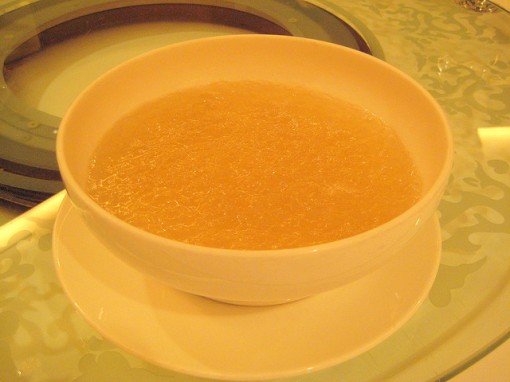Image via Flickr creative commons from Joelk75
If you have just made a long-awaited switch from gas to one something along the lines of a electric cooker, you would be wrong to think both are the same to cook with.
There are benefits to both, an electric device, for instance, is easier to clean and a steady cooking surface makes it harder to know pots over. On the other hand, controlling temperature with a gas cooker is far easier. But before you jump in with both feet and burn your food – or even worse, ruin your cooker – there are some things you should be aware of.
Control the heat
The temperatures an electric cooker is able to reach are much higher than those of a gas burner – this means food will heat up more quickly and will burn if you are not careful. You should begin by using lower heat settings while you learn to use the hob properly.
Because of this, you should be sure to use the correct pans. The ones that suited your gas cooker may not work here. Metal pans – like aluminium – conduct heat very well meaning food will sear much faster. You should consider switching to a copper coated cast iron pan
Save energy
Even though your new electric hob will heat up a lot quicker than anything you have been used to in the past, it will also cool down at a far slower rate. This means you can conserve a little bit of energy by turning the hob off for the final few minutes of cooking.
It is important to remember that the cooking surface will stay hot for a lot longer once you have finished cooking. Trying to clean it too soon can be dangerous and result in a burn. Most appliances have an indicator to inform you when it is safe to return.
Two burners
While they heat up fast and cool down slow, controlling the temperature is difficult on an electric stove. If you are cooking something that requires you to change heat settings at regular intervals the two-burner method might help. Simply turn on two burners, each to a temperature you are planning to use. If you need something to boil and then reduce quickly to a simmer, place the pan over the hotter hob before quickly moving it to the second.
If using this method it is important to be careful around the hob without a pan. It can be very easy to forget and burn yourself.
Be safe
A lot of a Rangemaster electric cooker’s features are safer as there is no need to work with gas but there are a few things you should look out for. Never store items on top of the stove, even when turned off. It is very easy to accidentally turn on a dial without noticing. It can heat up and create a very dangerous fire hazard.
Also, if you have a power cut, make sure everything is turned off correctly. You may leave the stove as it is, but once power returns it can heat up without you knowing about it.


